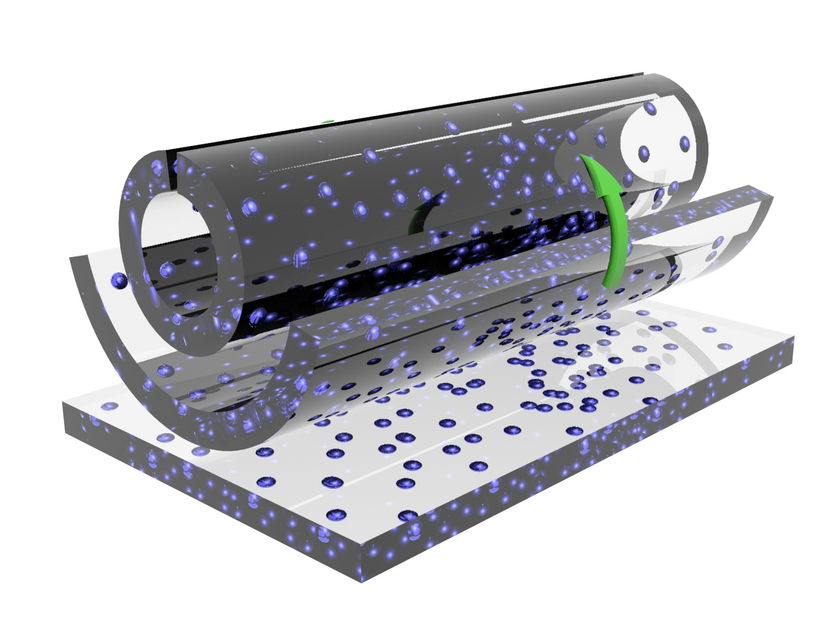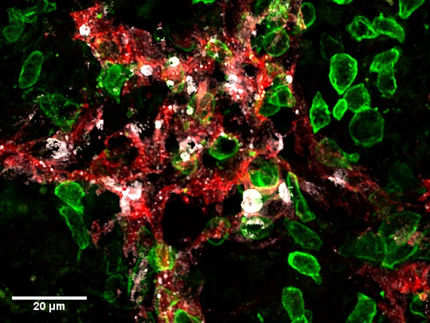"Micro-origami": Artificial blood vessels through 4D pressure and molecular self-organization
Advertisement
In the future, it may be possible to produce finely structured blood vessels by printing. The chemist and materials scientist Prof. Dr. Leonid Ionov and a research group at the University of Bayreuth are researching the basis for this. The aim: To structure thin polymer layers in such a way that the spatial self-organisation of their molecules creates vessels of various sizes and structures. A 4D printer, which introduces time as a fourth dimension, is deployed to generate the layers and bring them into their necessary starting positions. The recently launched project is funded by the Volkswagen Foundation from its "Experiment!" programme to the tune of 120,000 euros.

The aim of the new project: Structured blood vessels are to be established by molecular self-organisation from thin polymer layers.
Leonid Ionov
The Volkswagen Foundation's "Experiment!” funding initiative supports the start-up phase of projects that test unconventional research ideas, methods or technologies, or take completely new directions in research. Everyone involved is well aware, on the one hand, that success is uncertain, but on the other it would be a shame not to develop such a valuable basis for future innovation.
"Despite the enormous progress being made in implantation medicine, there is still no satisfactory solution to the challenge of producing the finest of blood vessels in the structures required with high precision. In our project, we are therefore pursuing a new approach that combines two scientific fields of work: Polymer science is investigating the ability of molecules to organize themselves into new spatial structures under defined conditions, and has achieved impressive results. At the same time, 4D printing techniques and applications have become increasingly sophisticated. That is why we now want to print layers of polymer that are structured and interact with each other in such a way that they result in vascular structures as required in medicine," said project leader Ionov.
Characteristic of blood vessels are so-called "junctions", in which two vessels join to form a new vessel. These structural elements cannot be reproduced with the necessary precision using the previous techniques of 3D printing. By coordinating pressure programming not only with spatial structures but also with time as a fourth dimension, the Bayreuth researchers want to enable a molecular self-organisation that produces such junctions – without the joints between the respective vessels leaking. The scientists describe their project as "micro-origami". The name alludes to the Japanese art of folding, which produces an incredible diversity of figures and patterns from paper folds solely defined by their temporal sequence.
The project, which is funded by the Volkswagen Foundation, initially aims to find out whether the new approach for the artificial production of finely structured blood vessels can work in the desired way in principle. Consequently, the question as to which polymeric materials are optimally suited for applications in living organisms is not yet an issue. If the research work turns out to be successful, the Bayreuth scientists face another challenge: finding polymeric materials that not only have the necessary potential for self-organisation, but also will not cause any rejection reactions or infections in the organism.


















































